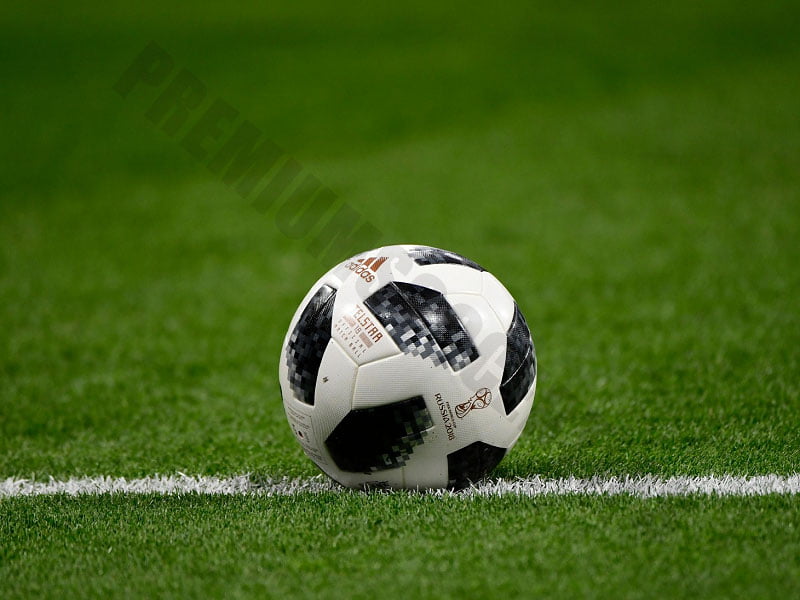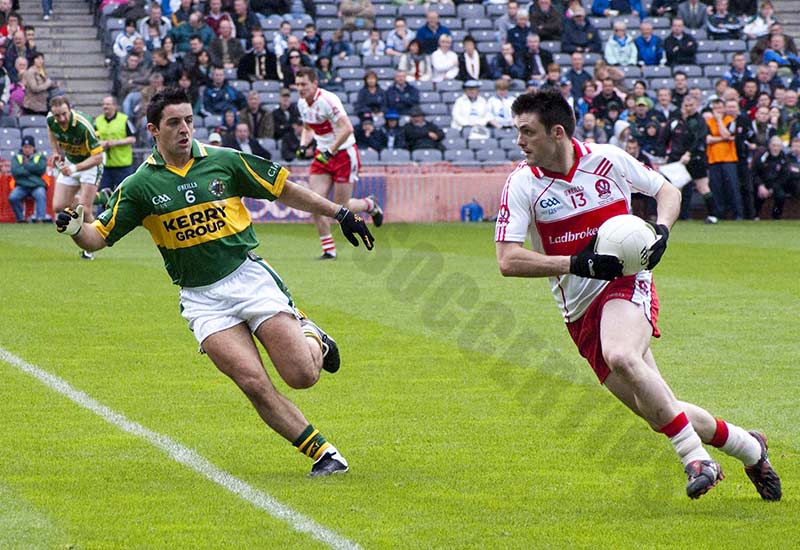Learn about 10 unknown rules in football
If you are looking to learn about accurate, simple and fast football rules, do not ignore the following information. Besides, we will also update the ways to catch penalties in this game. Let’s take a look. For those who are looking to learn about 10 unknown rules in football, the following article is exactly what you need. Premiumsoccertips.net will bring the exact 1st brief rules stipulated in the rules of international football.

10 unknown rules in football
1. A ball exploding on its way into the goal will not count as a goal
The lawmakers believe that the ball must always remain intact, hence this rule. If the ball is not intact, the match must be paused to replace it.
In the Champions League, there was a situation where the ball exploded but the goal was still awarded. Perhaps because in that situation, it was too difficult for the referee to detect the ball exploding, and the players were unaware of this rule’s existence.
2. Yellow cards for improper celebrations by players will be upheld, even if the goal is not awarded
For example: if you score a goal and then celebrate by removing your shirt but the VAR disallows the goal, you will still receive a yellow card for the improper celebration.
Explanation from the lawmakers: even though the goal is disallowed, the impact of the celebration on the audience remains the same as if the goal were awarded. So, don’t be surprised if you receive a yellow card even though the goal is not counted.
3. Players can receive a red card even before the match starts
If a player performs any foolish action before the match begins, the referee can completely send off this player. Misconduct could include: insulting the referee, offending teammates, or attacking fans.
In November 2017, the football legend Patrice Evra, while playing for Marseille (France), threw a kung-fu kick at a fan while warming up before the match. The referee immediately showed him a red card, and Evra couldn’t play in that match.
4. In penalty shootouts, there must be a balance in the number of players between the two teams allowed to take penalties
Simply put, if during the 120 official minutes, Team A has a player sent off with a red card, then this team will only have 10 players allowed to take penalties. Team B, even if no one receives a red card, is also allowed only 10 players to take penalties. This means one player from Team B is automatically “excluded” from taking a penalty.

For example, in the 2006 World Cup final between France and Italy, the legendary Zinedine Zidane (France) was sent off in extra time, and one Italy player was “excluded” from taking a penalty shootout. Can you guess which Italy player was removed from the penalty shootout list? The answer is midfielder Gennaro Gattuso. He played 420 minutes throughout the tournament but couldn’t stand with his teammates at the penalty spot.
5. A match can start with only 7 players from each team
We all know that a football match involves two teams, each with 11 players. But if your team suddenly encounters technical issues before the match, you can start the match with only 7 players.
Seven players are the minimum number to start a match. This rule also means that a team is only allowed a maximum of 4 red cards in a match. When the fifth player is sent off, the match automatically ends.
Note that this rule does not apply to substitute players. It doesn’t matter if all of them receive red cards; as long as there are 7 players on the field, it’s fine.
6. No player from the team awarded a free kick is allowed to stand closer than 1 meter to the wall
This is an official rule implemented since June 1, 2019. When the wall consists of 3 or more players from Team A (the team conceding the free kick), players from Team B are not allowed to stand closer to the wall than 1 meter.
According to the lawmakers, Team B standing within Team A’s wall often causes difficulties for the referee in maintaining order, leading to wasted time:
“There is no specific evidence to prove that Team B players have an advantage when standing within Team A’s wall. Their presence even goes against FIFA’s ‘Spirit of the Game’ slogan, damaging the image of the match.”
If a player from Team A detects Team B encroaching into the wall, he can report it to the referee for punishment.
7. Players cannot score an own goal from corner kicks or throw-ins
Yes, in practice, when a player takes a direct free kick or throw-in straight into their own net without any other player touching the ball, that goal will not count as an own goal. Instead, the opposing team will be awarded a corner kick. However, enforcing this rule in a real match is rare, and spectators rarely have the chance to witness its application.
8. The winning team in the coin toss can now choose to kick-off or choose sides
Previously, when a team won the coin toss, they could only choose one advantage: choosing sides. However, at present, the choice has become more diverse. The winning team can choose to retain the right to kick-off or choose sides, creating more diversity and strategic depth in the match.

9. During penalty shootouts, goalkeepers are not allowed to touch the goalposts, crossbar, or net
This rule does exist but is rarely enforced. Referees will not allow players to take a penalty kick if they detect the goalkeeper intentionally touching the goalposts or crossbar to intimidate the opponent. However, in practice, referees often find it difficult to detect this behavior or do not want to disrupt the shootout by delaying it. Therefore, although the regulation exists, its enforcement is often rare.
10.The maximum ball-holding time for goalkeepers is 6 seconds
After catching the ball, goalkeepers have a responsibility to return it to play within 6 seconds. However, this rule is not always strictly adhered to, as in the situation you are currently observing. If this rule is violated, the goalkeeper may be cautioned with a yellow card or create an opportunity for the opposing team to take an indirect free kick from the spot where the goalkeeper held the ball. However, compliance and enforcement of this rule also depend on the referee’s decision in each specific situation.
Conclude
The article on learning about 10 unknown rules in football above has provided the necessary information for readers, if you find it useful, please share it with everyone. Hopefully, with your passion for football, you can regularly practice sports, maintain this good habit.








